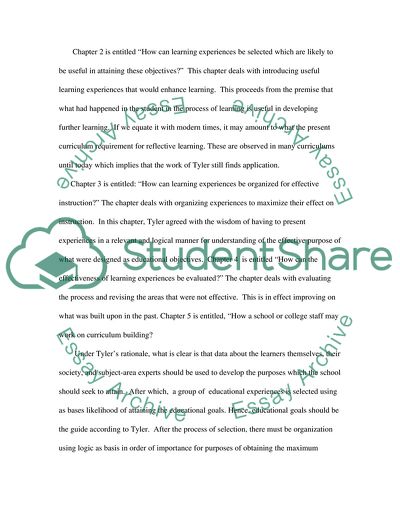Cite this document
(“Basic Principles of Curriculum & Instruction Essay”, n.d.)
Retrieved from https://studentshare.org/miscellaneous/1537833-basic-principles-of-curriculum-instruction
Retrieved from https://studentshare.org/miscellaneous/1537833-basic-principles-of-curriculum-instruction
(Basic Principles of Curriculum & Instruction Essay)
https://studentshare.org/miscellaneous/1537833-basic-principles-of-curriculum-instruction.
https://studentshare.org/miscellaneous/1537833-basic-principles-of-curriculum-instruction.
“Basic Principles of Curriculum & Instruction Essay”, n.d. https://studentshare.org/miscellaneous/1537833-basic-principles-of-curriculum-instruction.


